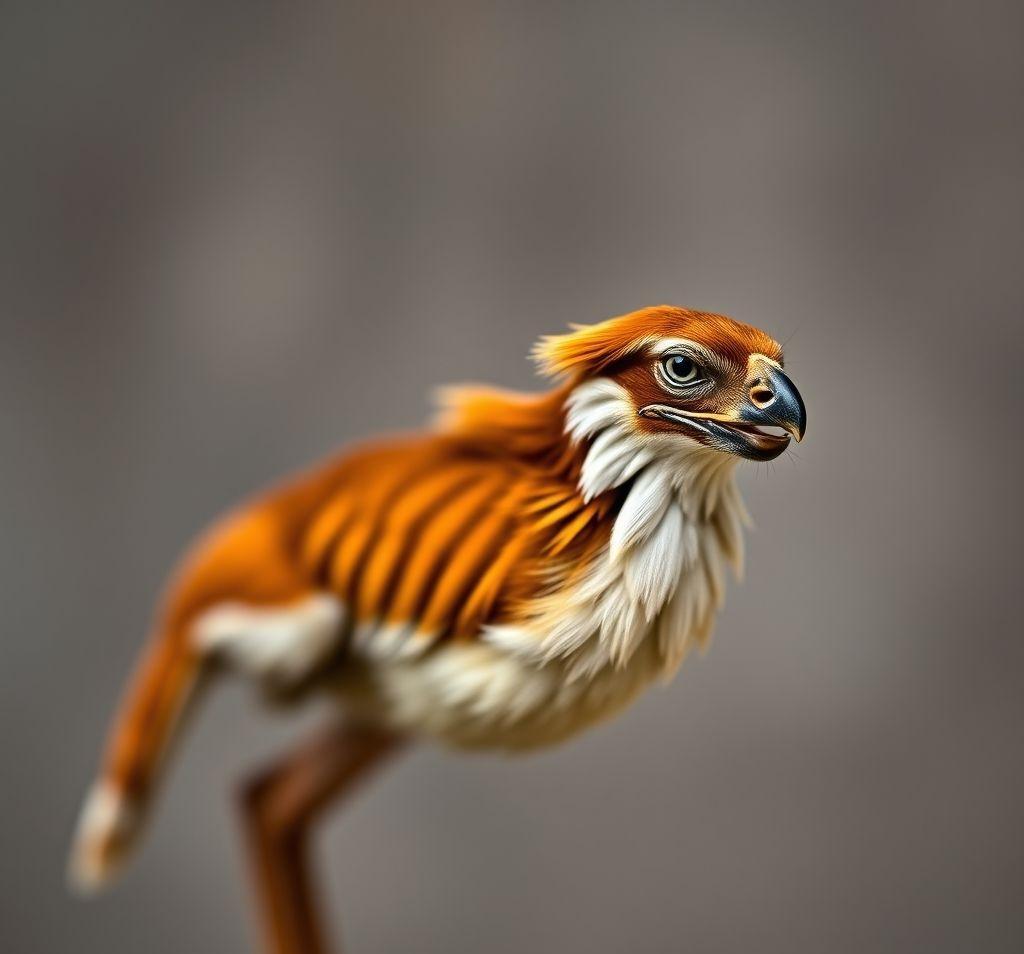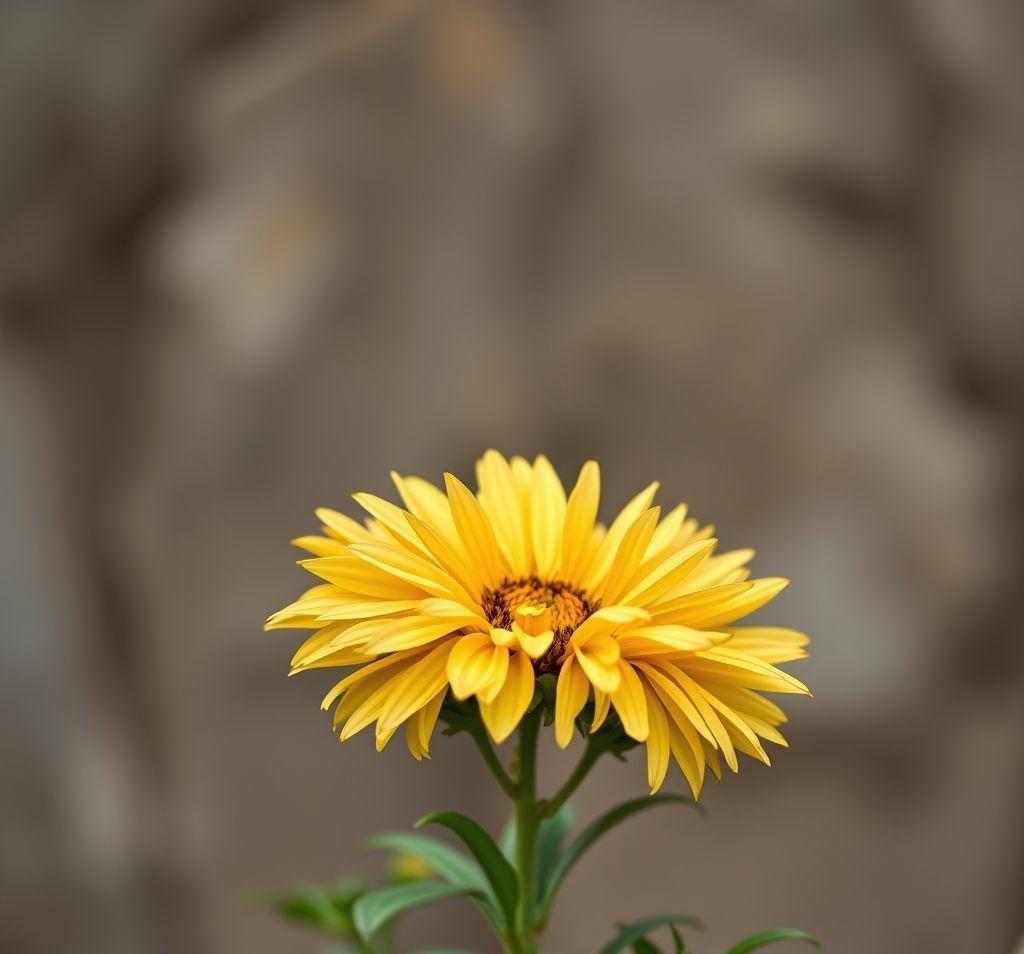
NFT Trading Cards: Beginner’s Guide for 2025
NFT trading cards are revolutionizing the collectibles world, blending the nostalgia of traditional cards with the benefits of blockchain technology. This guide will navigate you through understanding what NFT trading cards are, why they’re valuable, and how you can start your own collection. Whether you’re a seasoned collector or new to the digital space, this introduction provides the foundational knowledge to confidently enter the exciting realm of NFT trading cards.
What are NFT Trading Cards?
At their core, NFT trading cards are digital collectibles secured and authenticated on a blockchain. Unlike physical cards, which can be counterfeited or damaged, NFTs (Non-Fungible Tokens) are unique, verifiable digital assets. Each card is represented by a specific token on the blockchain, proving its authenticity and ownership. This technology allows for provable scarcity, as the creator can define the total number of cards issued, mirroring the limited edition nature of rare physical collectibles. Imagine a digital baseball card that can’t be forged and whose rarity is mathematically guaranteed – that’s the power of NFT trading cards.
But it goes beyond simple replication. NFT technology opens up new possibilities for card functionality. Some NFT cards grant access to exclusive content, virtual experiences, or even real-world perks. Think of a virtual concert ticket embedded within a musician’s NFT trading card, or a chance to meet a sports star tied to a particular card. These functionalities add layers of utility and value beyond mere aesthetics, making the collecting experience richer and more engaging.
Why Collect NFT Trading Cards?
The appeal of NFT trading cards stems from a combination of factors, including investment potential, collectibility, and community engagement. Firstly, the value of NFT cards can appreciate significantly, especially for rare or sought-after cards. Factors like the popularity of the depicted subject (athlete, artist, character), the card’s rarity, and its historical significance all play a role in determining its market value. Early adopters who identified and collected valuable NFTs have seen substantial returns on their investments.
Secondly, the act of collecting itself is a significant draw. NFT trading cards offer the same thrill of the chase as traditional card collecting, but with the added convenience and accessibility of digital ownership. Building a curated collection, showcasing it to others, and participating in the community aspects of collecting are all powerful motivators.
Finally, NFT trading card projects often foster strong communities of collectors and enthusiasts. These communities gather online to discuss card values, share strategies, trade cards, and participate in exclusive events. Being part of a community adds another layer of enjoyment to the collecting experience and allows collectors to connect with like-minded individuals. Moreover, some NFT projects are beginning to incorporate governance tokens that grant holders voting rights, further deepening their connection to the project.
Getting Started with NFT Trading Card Collecting
Embarking on your NFT trading card journey requires a few essential steps. First, you’ll need a digital wallet compatible with the blockchain on which the NFT cards are issued (e.g., Ethereum, Solana). Popular wallets include MetaMask, Trust Wallet, and Phantom. These wallets allow you to securely store your NFTs and cryptocurrencies.
Next, you’ll need to acquire some cryptocurrency, typically Ethereum (ETH) or Solana (SOL), to purchase NFT cards. You can buy cryptocurrency on cryptocurrency exchanges like Coinbase, Binance, or Kraken. Once you have cryptocurrency in your wallet, you can connect your wallet to NFT marketplaces such as OpenSea, Magic Eden, or Rarible.
These marketplaces are where you can browse, buy, and sell NFT trading cards. Research different projects and artists to find cards that align with your interests and budget. Consider factors like the project’s reputation, the artist’s track record, the card’s rarity, and the community surrounding the project. Start small and gradually expand your collection as you gain experience and knowledge. Don’t forget to factor in gas fees (transaction fees on the blockchain) when calculating your purchase price.
NFT Trading Cards: FAQs
What blockchain are most NFT trading cards on?
Ethereum is the most popular blockchain, but Solana is gaining traction for its lower fees and faster transactions. Other blockchains like Polygon and Tezos are also used.
How do I store my NFT trading cards?
You store them in a digital wallet connected to the relevant blockchain. Keep your wallet’s seed phrase safe and secure, as it’s the key to accessing your NFTs.
Are NFT trading cards a good investment?
Like any investment, NFT trading cards carry risk. Their value can fluctuate significantly. Thorough research is essential before investing.
How do I know if an NFT trading card is authentic?
The blockchain provides proof of authenticity. Verify the card’s contract address and provenance on the blockchain to ensure it’s legitimate.
What are “gas fees”?
Gas fees are transaction fees paid to miners on the blockchain to process your transaction. They can vary depending on network congestion.
In conclusion, NFT trading cards represent a fascinating evolution of collectibles, blending traditional card collecting with the innovative possibilities of blockchain technology. By understanding the fundamentals of NFTs, exploring reputable marketplaces, and engaging with the community, you can embark on your own rewarding journey into the world of digital collectibles. Remember to do your research, start small, and enjoy the process of building your unique collection. The future of collecting is here, and it’s digital!




No Comments